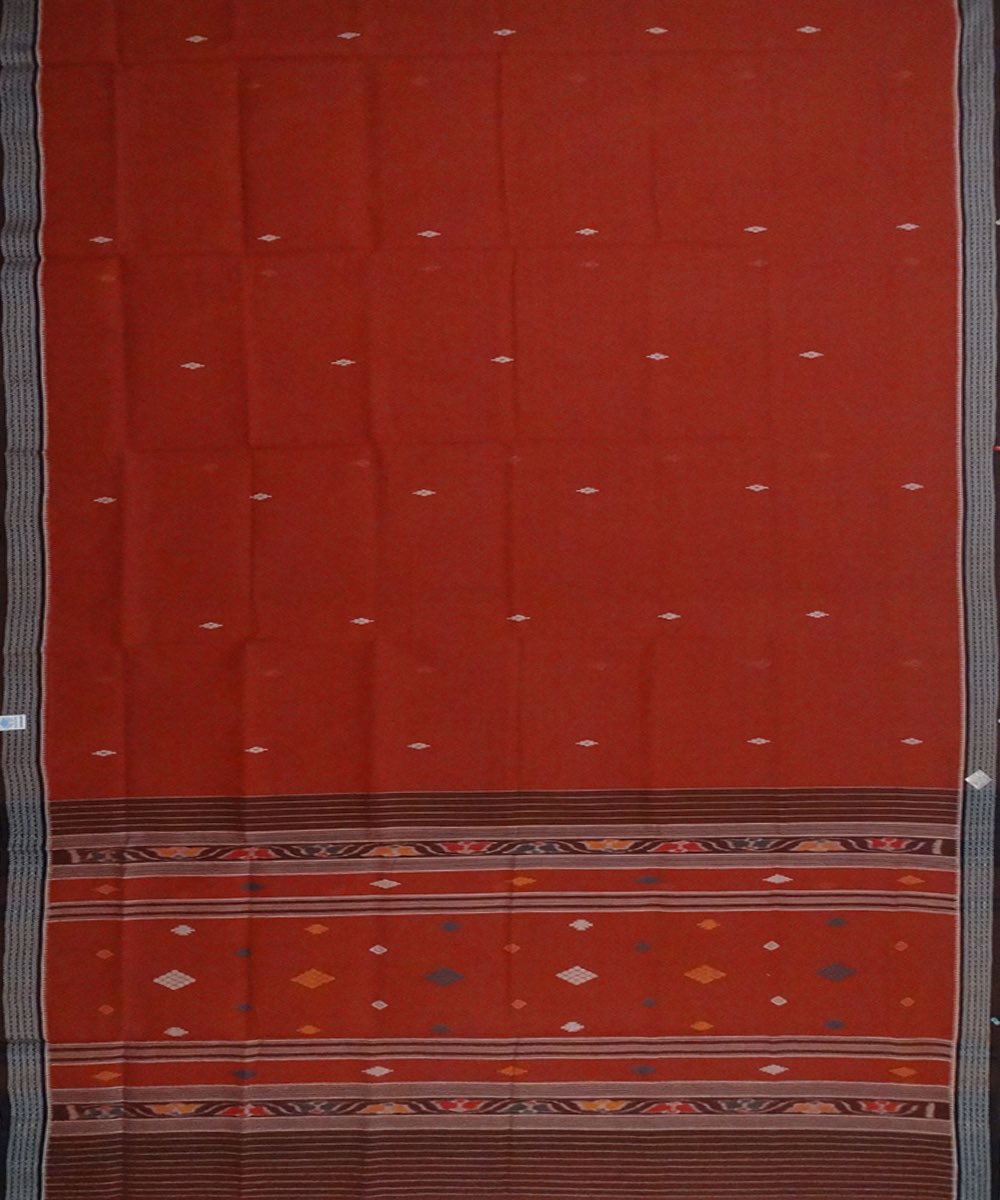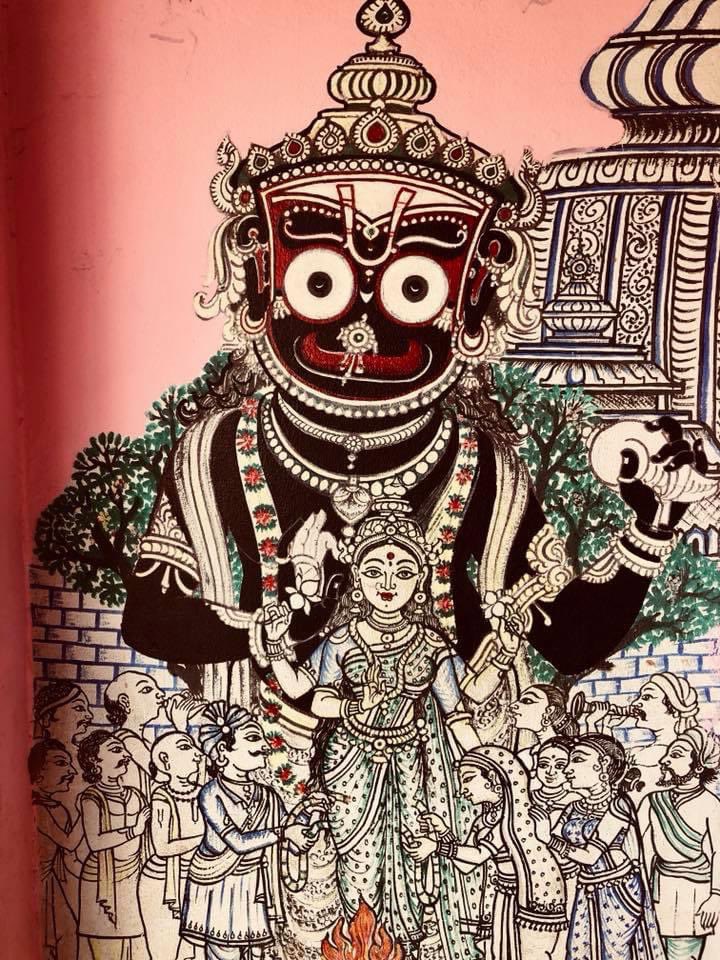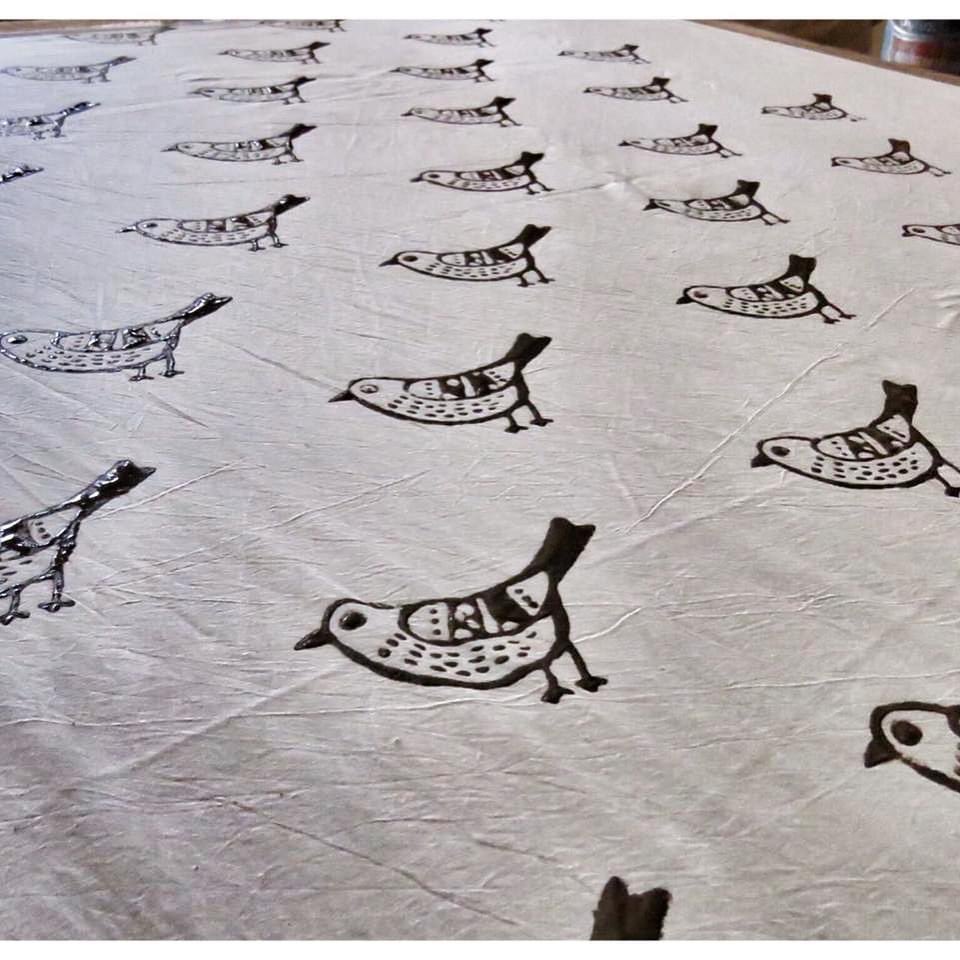
#thread So as per available info in the #punegangrape, 14 year old girl is called to pune station, allegedly by her 23 year old ‘peaceful’ friend at night. ‘Friend’ doesn’t turn up, but ‘peaceful’ autodriver knows exactly where to find the girl, and knows she is alone.
‘Peaceful’ autodriver takes her out of station, calls his ‘peaceful’ friends and they take the girl to multiple locations in two days including a lodge in Khadki and the girl is r@ped multiple times. In all this, her phone is switched off.
Two days later, peaceful gang is r@pists drop the girl on a bus to Mumbai, her phone works and she calls her ‘friend’, the same guy who didn’t turn up on day 1. Peaceful ‘friend’ doesn’t go to the cops, but takes the girl to Chandigarh!
Cops trace the girl from her phone and bring her back. Peaceful ‘friend’ is arrested along with others. Question is, why did the peaceful ‘friend’ call her to pune station at night and not turn up?
How did the peaceful auto driver know the girl would be alone, how would he know exactly where to find her and convince her to come out with him? Did he know the ‘friend’? Did he convinced her that the ‘friend’ asked him to drop her some place?
After keeping the girl captive for two days, how did the peaceful auto driver put her on a bus to Mumbai alone? And how did the ‘friend’ convince her to travel to Chandigarh? Was this a human trafficking racket? Was the girl going to be sold?
The gangr@pe is absolutely sickening, but my guess is, it is just the tip of the iceberg. This is not an isolated crime but an organised gang at work. Question is why is there no uproar, no outrage, no dharnas, no candle light morchas? Is it coz the perps are mostly peacefuls?
• • •
Missing some Tweet in this thread? You can try to
force a refresh





















